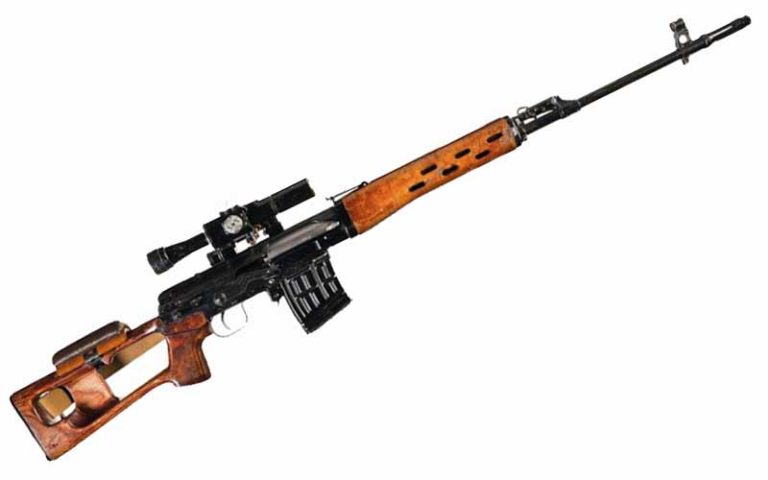
Developed as a DMR for the Soviet army, the SVD is still much of the world’s go-to sniper rifle.
Why Is the SVD As Successful As It Is?
- Thoughtful design choices balance weight, durability and accuracy.
- Large production numbers and widespread proliferation make them the most common marksman rifles in the world.
- Reliable and durable even in harsh conditions.
- Chambered for common caliber that’s been produced en masse since the late 19th century.
The SVD may be the world’s most iconic sniper rifle despite not technically being a sniper rifle. Developed to be integrated into every Soviet army squadron as a support weapon similar to a machine gun or grenade launcher, the SVD only had to be accurate enough to effectively engage enemy targets at a max of about 800 meters. It was intended to provide precise, suppressive fire on enemy positions as well as pick off high value targets. The realities of warfare often force weapons to perform outside of their designer’s original intentions, however, and this squad-level Designated Marksman Rifle (DMR) was eventually pressed into service as a sniper by those with access to nothing else. While some Westerners may turn their noses up at a supposed “sniper rifle” that cannot achieve sub minute of angle groups, for the rest of the world an SVD might as well be an L6A1 when their only other choices are un-scoped infantry rifles.
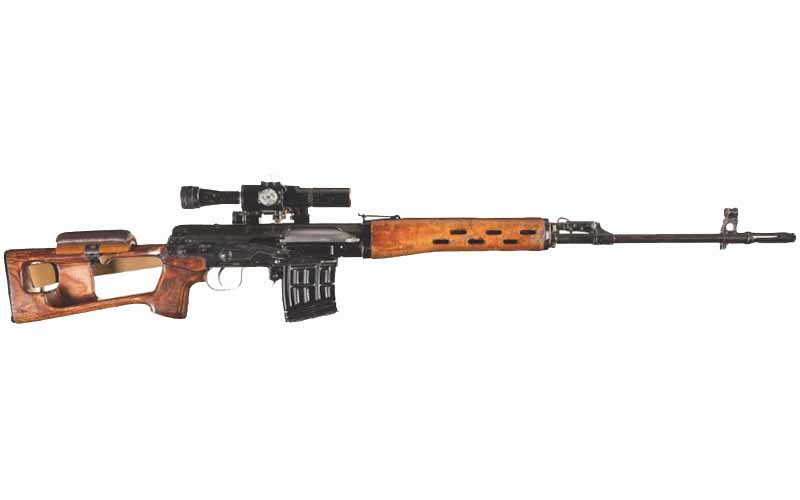
The SVD’s widespread proliferation and distinctive style have resulted in the rifle being prominently featured in everything from movies to video games, to the extent that even those who are not gun-savvy can often picture one when they hear the word “Dragunov.”
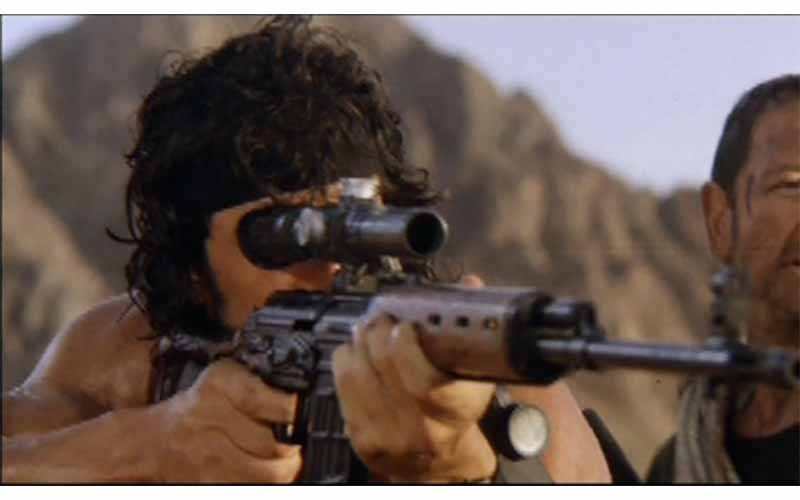
While the rifle’s large-scale production numbers and proliferation undoubtedly helped contribute to the SVD’s continued usage today, there are other reasons why this cold warrior is still kicking.
SVD Development
Development on the SVD began in 1957 by Yevgeny Dragunov for the upcoming Soviet trials for a new marksman's weapon. It went up against rifles designed by older, more established firearms engineers, but Dragunov’s entry was ultimately deemed the best and was adopted by the Soviets in 1963. Dragunov came from a family of gunsmiths and worked as an armorer and engineer for the military during WWII. After the war he would work on commercial sporting rifles, eventually developing one that would win the Russians several Olympic medals in shooting events. This background combined with Dragunov’s personal hobby of target shooting gave him the tools he needed to design the rifle that would go on to win the Soviet trials.
Requirements for the Red Army’s new marksman rifle specified that it had to be light, durable, reliable and still decently accurate with a spread of ammunition types. It also had to be chambered for the 7.62x54R cartridge, have iron sights and a bayonet lug. A new scope was also ordered to be developed alongside it.
In the earlier years of the SVD being fielded it went through a number of changes in barrel twist rate to accommodate different kinds of ammunition. They ultimately settled on a twist rate that would adequately stabilize everything from tracers, AP and explosive rounds rather than only the 7N1 sniper ammo that was developed for it. Later changes saw the SVD’s furniture switched from wood laminate to black polymer, as well as the SVU bullpup and SVDS folding stock variants.

Design Details
Despite having some external similarities and controls, the SVD is not a member of the AK family. It uses a short-stroke gas piston to operate unlike the AK’s long-stroke system and takes more inspiration from rifles like the SVT-40. Its bolt has three lugs as opposed to the AK’s two in order to ensure more repeatable lockup and therefore better accuracy, but like any semi-auto rifle developed in the late 50’s its accuracy pales in comparison to what can be achieved today. For a military rifle, however, it proved to be accurate enough for the job in dozens of conflicts, even when firing subpar ammunition. The SVD’s accuracy only begins to become unacceptable during a high volume of fire, as the thin-profile barrel that was chosen to save weight is susceptible to overheating. Experiencing this issue firsthand in Afghanistan, the Russians developed heavier-barreled versions, as well.
All SVD receivers are still milled as well, despite attempts by the Russians to create a stamped model like they did with the AKM. While the machined receivers may be more expensive to produce, they also result in a more durable, rugged and accurate rifle. Reliability is further enhanced by the SVD’s adjustable gas system with options for shooting in either normal or adverse conditions.
As a member of an infantry squad, Soviet doctrine also expected their designated marksman to participate in things like clearing villages or bayonet charges. These requirements are why the SVD has a bayonet lug, iron sights and a quick-detachable scope, allowing the user to quickly transform their marksman weapon into one more capable of being used in close quarters. The rifle’s detachable 10-round magazines are useful both in this role and when being used more traditionally.
The PSO-1 4×24 telescopic scope that was developed for use with the SVD is just as ubiquitous as the rifle itself. It mounts on the Russian-pattern side scope rail that was originally developed for the AKM to use early night-vision optics. The universality of Russian scopes and mounts resulted in the PSO-1 being used on more rifles than the SVD, as well as more optics being used on the SVD than just the PSO-1.
This optic perfectly complements the SVD’s qualities. They are both rugged and simple to use, and the PSO’s magnification and field of view are ideal for the SVD’s intended range and role as a DMR. In an urban combat environment, even an untrained soldier could pick up an SVD and see much more effective results than one would with just an AK. It truly is a force multiplier.
For those who are more trained in marksmanship, the PSO-1’s reticle can be put to even greater effect. The reticle is battery powered and can be illuminated red for use in low-light environments, and a rangefinder was built in to allow for quick and easy range calculations and adjustments.
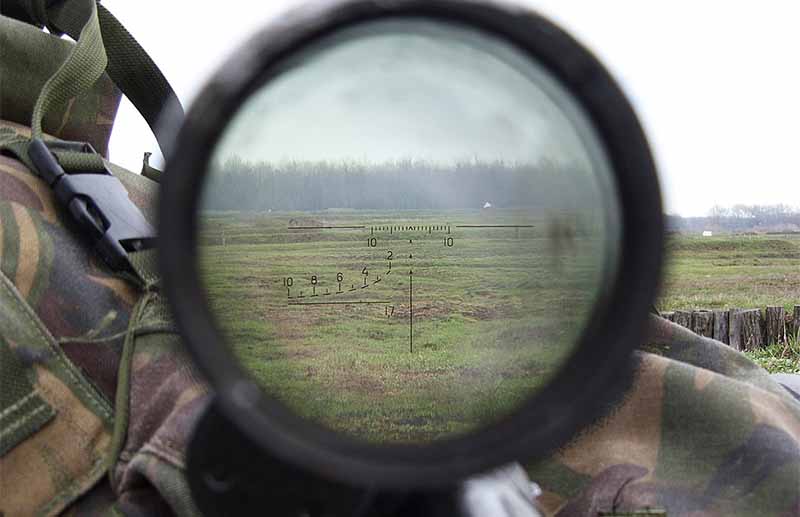
Well Balanced, Well Liked
Plenty of contemporary SVD users employ the rifle out of necessity. Scoped rifles of any kind are in limited supply in many of the world’s hot spots, and combatants use whatever arms they can get their hands on. While a similar argument can be made to explain the AK’s prolific status, it does not change the fact that the AK is a much-loved weapon on its own merits. The same is true for the Dragunov, just because it is many fighters’ only choice of scoped rifle does not detract from its qualities. From the jungles of Vietnam and Africa to the deserts of the Middle East or the streets of Grozny, users of the SVD have found them to excel in their intended role. They are light enough to carry for days, durable enough to reliably fire when uncleaned and covered in dust and still accurate enough to kill a man at 800 meters.
The SVD’s design was popular enough to inspire several copies and clones as well, especially after the Soviets were hesitant about sharing the technology even with some of their Warsaw Pact allies. The Chinese reverse-engineered captured examples from Vietnam to create nearly identical clones, known in the U.S. as the NDM-86. Romania made an SVD-inspired rifle called the PSL and the Yugoslavians did the same with their M91.
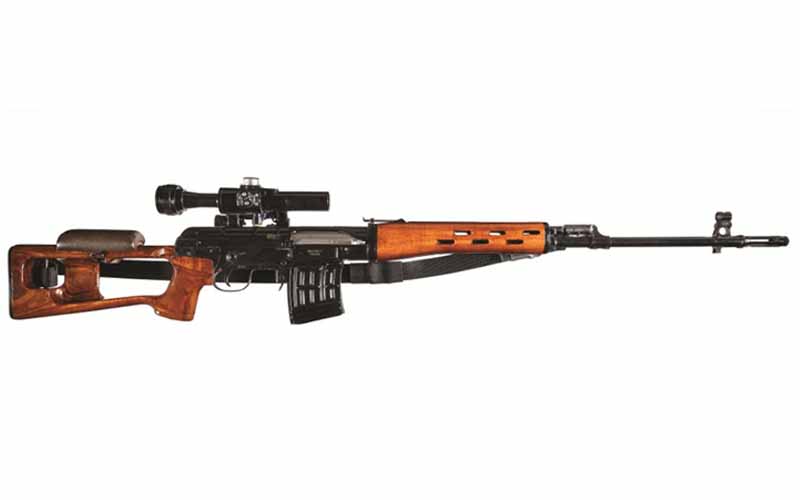
Whether it’s a genuine Russian-made SVD or a Chinese clone, professional modern armies and guerrilla fighters around the globe still use this rifle both out of choice and necessity, and they will continue to for decades to come.
SVDs In America
As the one of the world’s most iconic firearms, it’s only natural that American gun owners would want to own one themselves. Unfortunately, due to import sanctions placed on Russia and China only a limited number ever reached our shores. For those that would like to have one in their own collection, be prepared for prices that put this gun outside of most people’s budgets. Commercial Russian “Tiger” models are some of the more affordable variants, but the closer you get to a genuine military rifle the more desirable and expensive they become. Recently a small batch was imported out of Hungary, and people were at each other’s throats to even have the opportunity to buy one despite their large price tag. Most Americans who want an SVD scratch their itch with one of the similar but more available rifles like the PSL or M91. This high demand for SVDs in the States is a false scarcity driven by the limited number that legally entered our country. In nations like Switzerland which allow private firearm ownership and do not have sanctions on SVD-producing countries, people can still buy them new for reasonable prices.
Your odds of owning one of these legendary rifles in America is unfortunately slim with little chance of improving, but the SVD will continue to see prolific use around the globe for as long as humans are fighting each other.
More On Military Sniper Rifles:
- Evolution Of The American Sniper Rifle
- The M1903A4 Sniper Rifle: An Old Soldier Still Hits the Mark
- Best Sniper Rifle Options Available Today
- The Zastava M91 Serbian DMR
- The Romanian Cugir PSL

Next Step: Get your FREE Printable Target Pack
Enhance your shooting precision with our 62 MOA Targets, perfect for rifles and handguns. Crafted in collaboration with Storm Tactical for accuracy and versatility.
Subscribe to the Gun Digest email newsletter and get your downloadable target pack sent straight to your inbox. Stay updated with the latest firearms info in the industry.

![Best Concealed Carry Guns In 2025 [Field Tested] Wilson Combat EDC X9S 1](https://gundigest.com/wp-content/uploads/Wilson-Combat-EDC-X9S-1-324x160.jpg)


![Best 9mm Carbine: Affordable PCCs [Tested] Ruger Carbine Shooting](https://gundigest.com/wp-content/uploads/Ruger-Carbine-Shooting-100x70.jpg)
![Best AR-15: Top Options Available Today [Field Tested] Harrington and Richardson PSA XM177E2 feature](https://gundigest.com/wp-content/uploads/Harrington-and-Richardson-PSA-XM177E2-feature-100x70.jpg)

Every pic in this article is of a dragonv and bull pup draganov variant, but referred to as an SVD. Obviously not real helpful in an article explaining the SVD and why it is a very respectable battle weapon.
Roger, the “D” in SVD stands for Dragunov, the inventor of this rifle. It is commonly referred to as both SVD and Dragunov, and every picture in this article features one in some way.
Bull shit. American sporting rifles in 7.62×52 rule this roost.
I think you mean 7.62×51